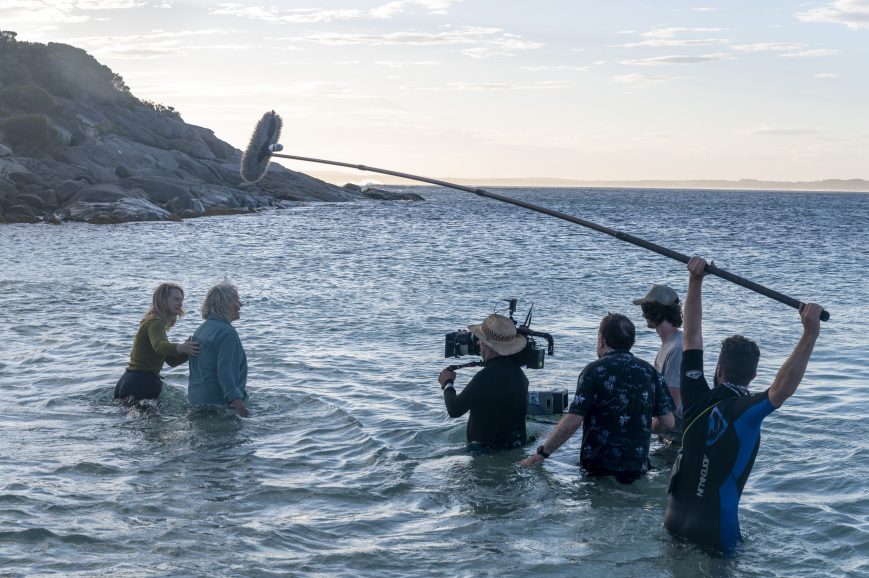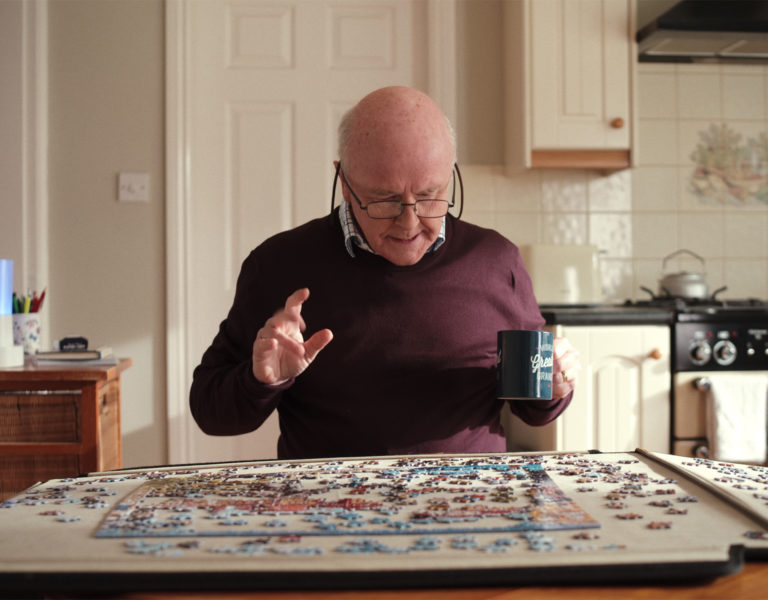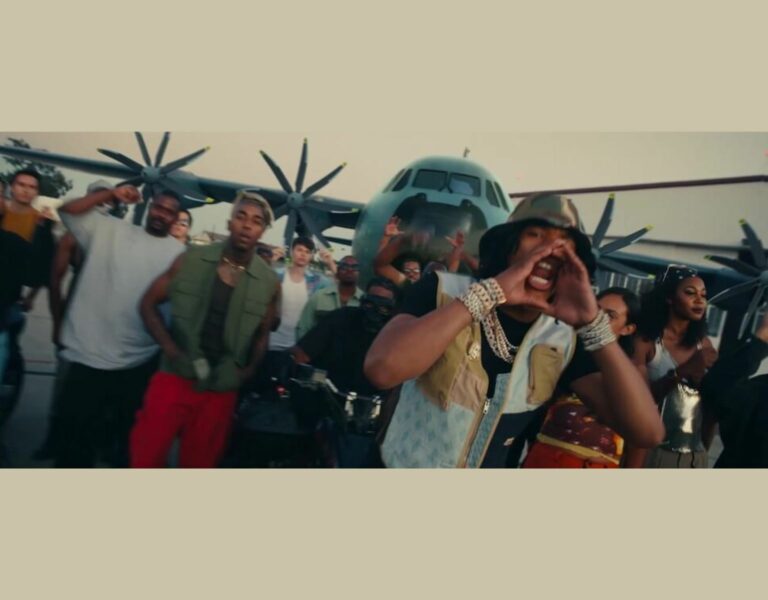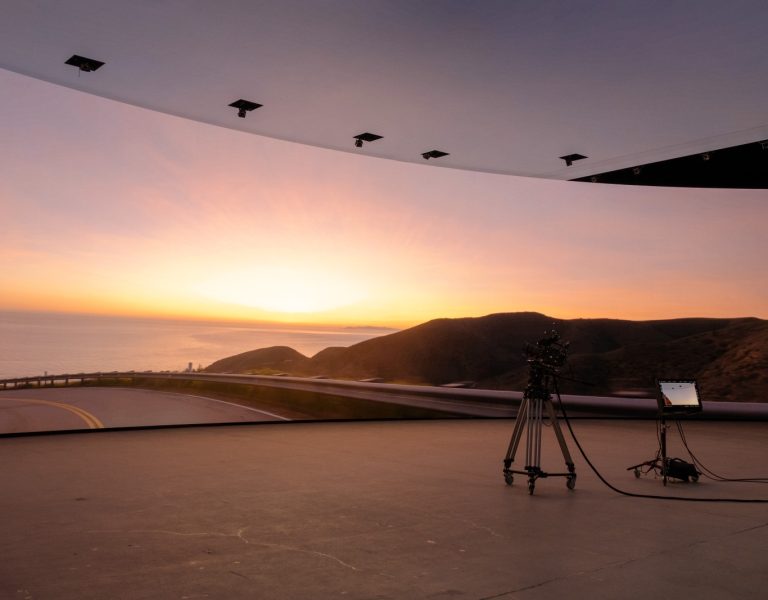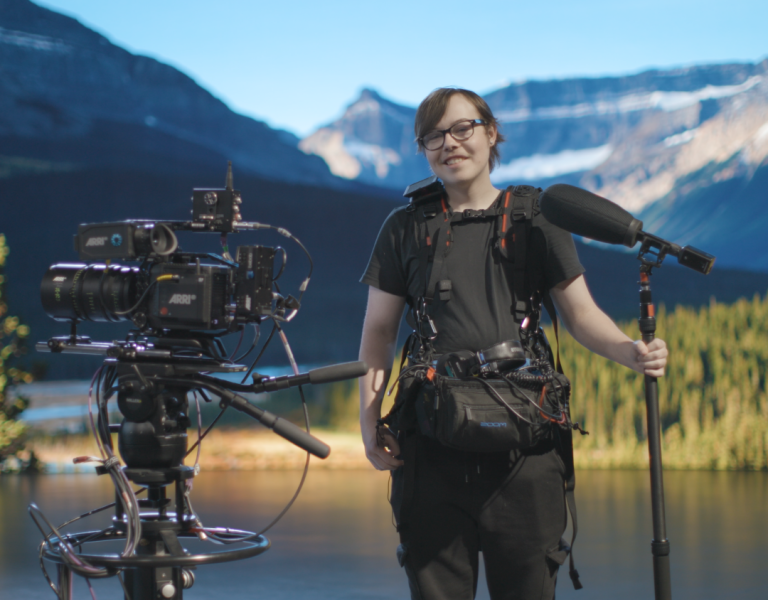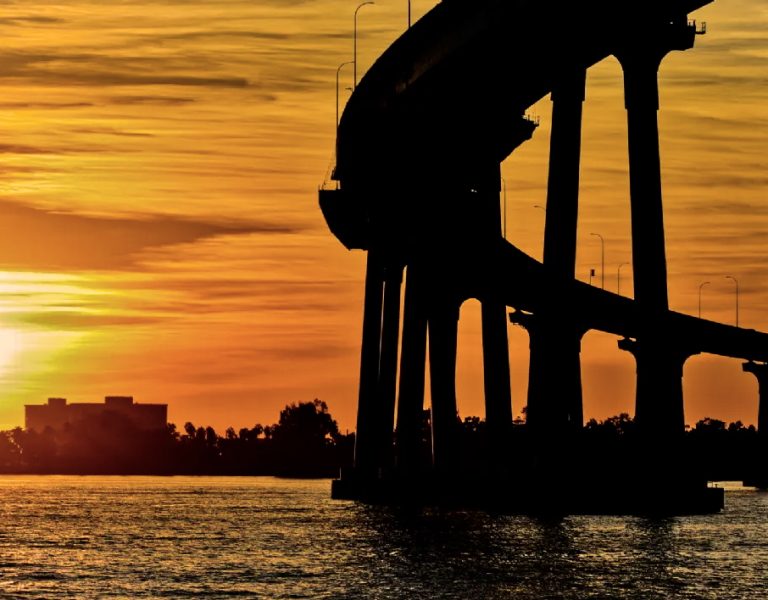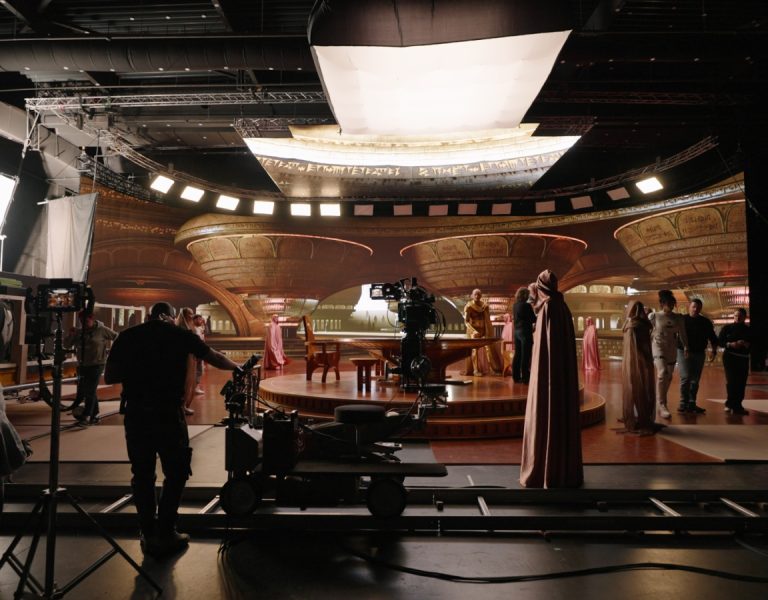DEEP DIVE
Originally conceived as a fable for all ages, Blueback, by Australian author Tim Winton, gets a feature film adaptation by fellow countryman Robert Connolly who sought to capture the water sequences in camera with the expertise of cinematographers Andrew Commis ACS and Rick Rifici.
In Blueback, an acclaimed marine biologist returns home to be with her seriously ill mother and reflects upon their bonding over protecting a grouper and its oceanic habitat from encroaching development. The narrative is weaved between the adolescent, teenage and adult versions of Abby Jackson, portrayed by newcomers Ariel Donoghue and Ilsa Fogg, and Mia Wasikowska.
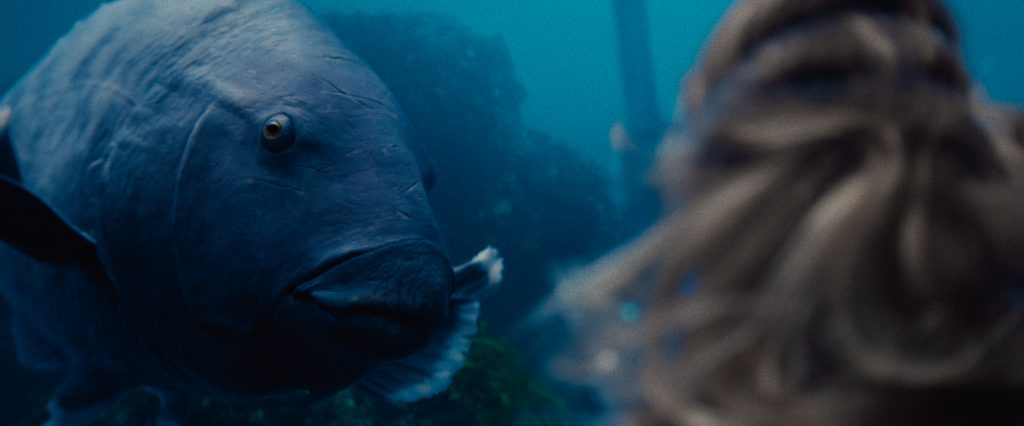
“We used different lenses, LiveGrain to create types of film grain that we applied to the footage, slightly different colour palettes, and various levels of contrast to make sure that audience felt a visceral experience between the timeframes,” explains director Robert Connolly. “For me, cinematography is the microscope into the human condition and the ammunition that you have creatively as a storyteller to work with colour, lenses, camera movement and contrast; all of these tools help you to reach for that sublime poetry you look for in every story which is why people go to the movies.”
The vast majority of the screentime takes place above and below the water, with the production based at Bremer Bay. “What I did more than storyboards were boat maps,” notes Andrew Commis ACS. “Trying to work out so it still allowed us the flexibility to have the angles we were after without having to constantly move every single boat for every single setup. But then taking in account whatever nature is bringing that day. We’re not working on a lake, so we did have a swell that is changing every day and wind direction is huge. We had chosen a spot that allows us to have a horizon line. We’ve got landmass in the background so you’re trying to orientate towards that. And even what might appear to be a simple scene of a mother and daughter in a tinnie boat, behind me is probably another five boats and a floating pontoon made of plastic bricks that people can traverse on. The coordination of that was huge.”
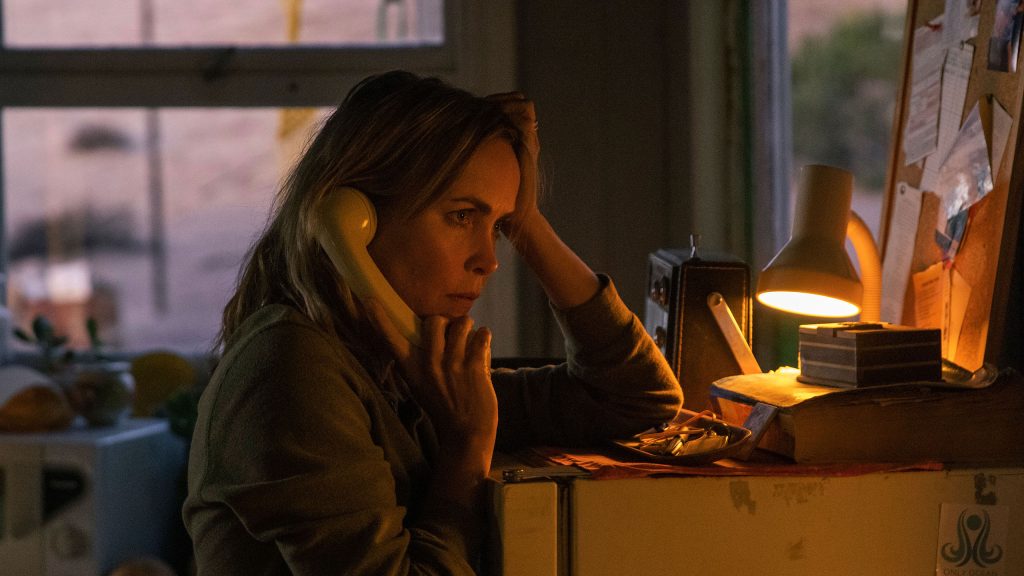
For above the water, the footage was shot mostly with a single Panavision Millennium DXL2 camera though there were two others available if needed. “I ended up using Panavision Primo Artiste lenses, large format lenses for the adult Abby/Mia Wasikowska storyline,” states Commis. “Then I used H series lenses, which are also Panavision, for the younger Abbys.
“Outside of water protection no modifications were done to the cameras. 90 percent of situations where I was on the boat with the cast, I was handheld. But if we were doing any tracking or boat to boat work, that was on a stabilised Ronin head. We modified a real fishing charter vessel to become the camera tracking boat. My key grip built out of scaffolding tubes about a six-metre-long crane arm so we could swing and adjust that along the waves as well, reach out from our camera boat. We were successfully able to track around in the swell and get a great stabilised image that wasn’t making you seasick!”
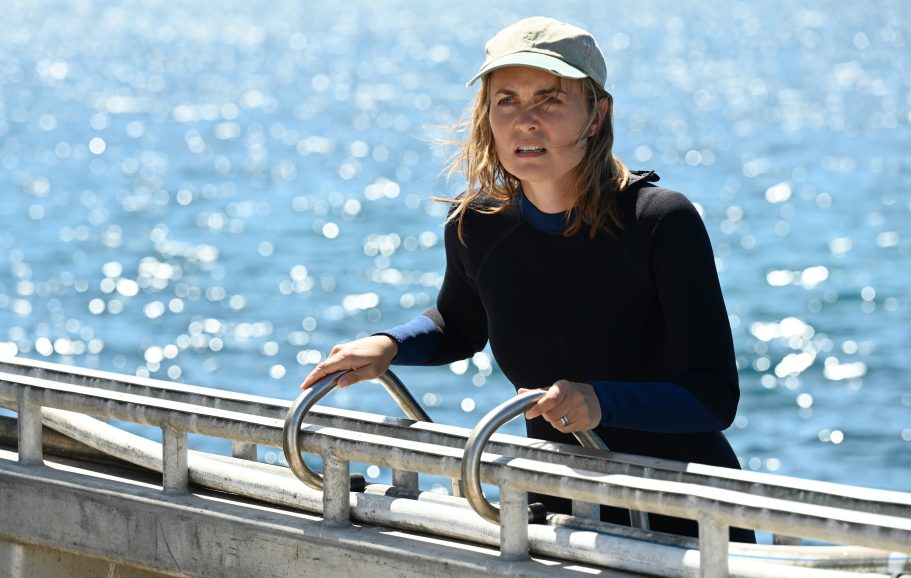
On and off for two years, Rick Rifici shot underwater footage ranging from manta rays and whale sharks in Ningaloo Reef to a submerged animatronic of a grouper in an indoor swimming pool. “As soon as you put a standard spherical or anamorphic lens underwater it’s at least magnified by .25 so 18mm becomes like 24mm,” explains Rifici, who shot with a RED MONSTRO camera which shares the same sensor as the Panavision Millennium DXL2 except with a different colour science. “Everything is magnified and you get colour aberrations from the ambient greens and blues that are bouncing around underwater. I used these direct lenses [from Nikon] where what you see is what you get. Anything above the water we used the same spherical lenses Andy was using on the main unit to help match in, and that also helped to ease the cuts in between the jumping back and forth in time.”
Creature Technology produced the animatronic puppet of Blueback which was captured in a controlled environment that had bluescreen. “The actresses had some markers and reference points as to where Blueback’s cave was located,” Rifici says. “We were dictated to find a cave of a certain height off the ground because the eyeline was set between the puppet and actresses. I probably did 50-plus dives looking for the right cave all around Western Australia.”
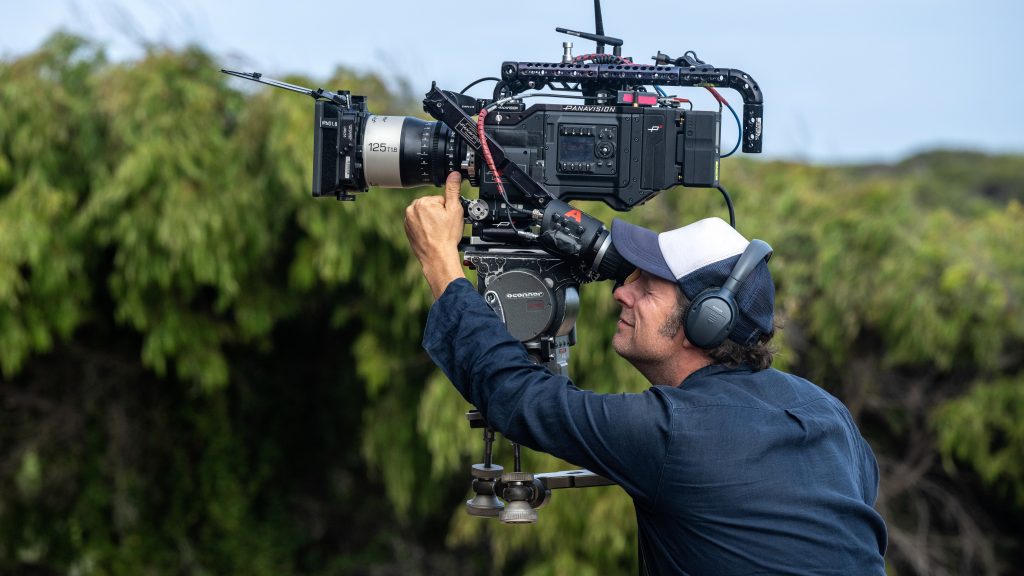
Opening the movie is a beautiful underwater tracking shot that establishes what Abby and her mother are fighting to preserve. “That’s where you use your knowledge of the water,” notes Rifici. “It’s all about using the currents to push you along so you don’t have to kick to keep it steady. Also, when you see the water surging back towards you try to make it pause for a second on something instead of trying to force that movement through. A Steadicam operator will use different pickup points to motivate their move. It’s the same underwater.”
You have to be prepared for anything when shooting in the water. “I was filming one day with Radha Mitchell [who plays the mother, Dora Jackson] and she was in the boat with the young girl belting along when a pod of dolphins appeared,” recalls Connolly. “Radha broke out of character and headed off with the dolphins, and Andy and I are on the boat trying to film! That’s fair enough. If you’re an actor and in character in the middle of a scene and a pod of dolphins appears, you’re allowed to enjoy it!”
